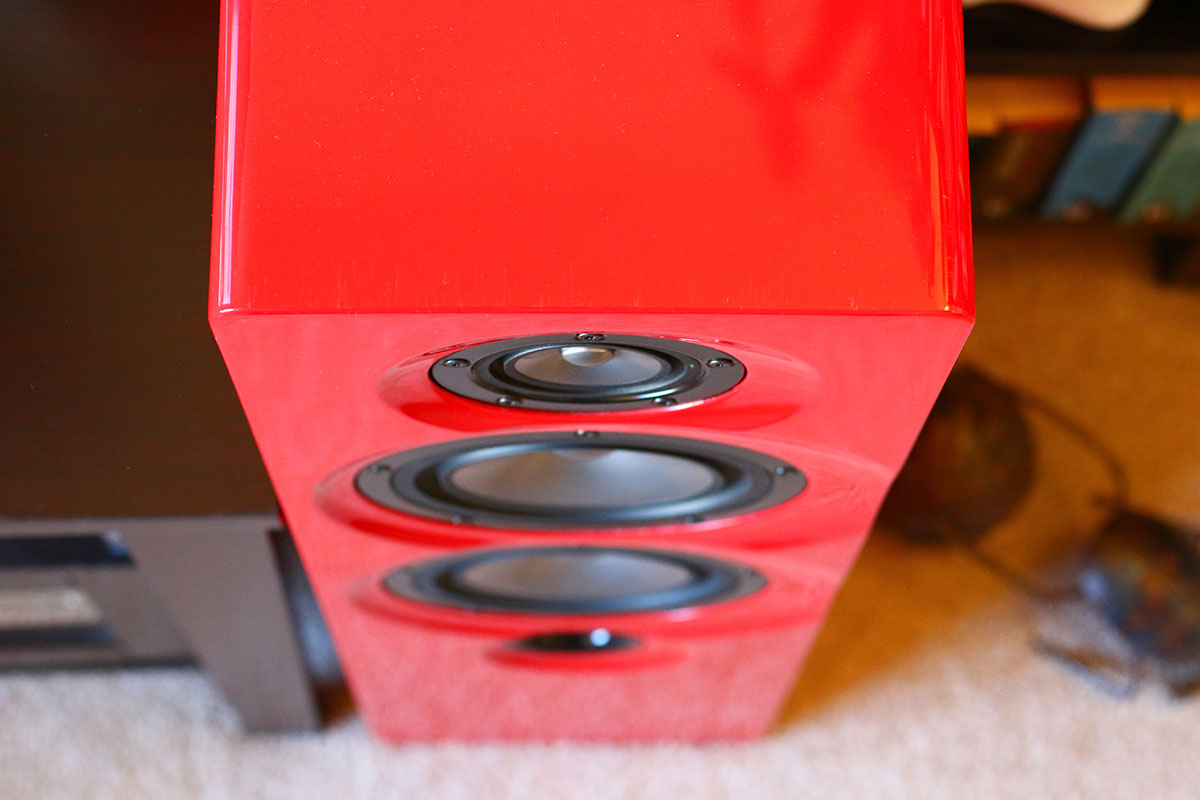
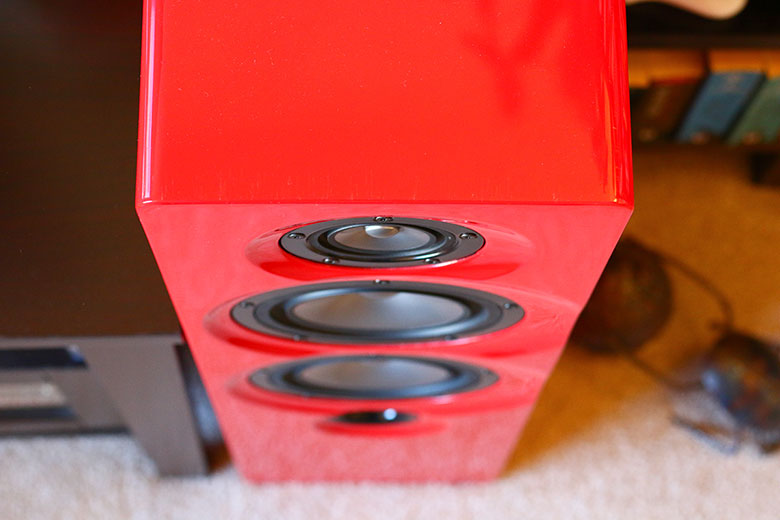
The Master Switch


The Master Switch
Floorstanding speakers, also known as tower speakers for their tall profile, are among the best ways to enhance the sound in your music listening setup. Choosing a good pair, however, takes a little leg work. In this article, we’ve broken down the key steps to choosing floorstanding speakers, from sound quality and size to amp matching and cabinet construction. For a look at our top picks, see our article on the best floorstanding speakers.
Floorstanding speakers can be difficult. They are large, heavy, and while there are plenty of affordable options, they do cost more than most other speaker types. So, why would you go for them? The answer is simple: sound quality. In the world of speakers, the best audio quality generally comes from floorstanding speakers. Their large size and amplified drivers not only allow them to get louder and more powerful than other speakers, but they deliver richer, more powerful sound.
.jpg)
It’s worth having an idea of the kind of sound you’re looking for before you buy. Are you interested in hearing music exactly as the artist intended? In that case, it’s worth looking for speakers that are known for their neutrality and clarity. If you like your music to have a bit of personality, perhaps with some serious bass, then it’s worth taking that into account and going for a model that emphasizes the low-end. The good news is, floorstanding speakers can tackle just about any type of music there is, and it’s very easy to get a pair that satisfies all your requirements. Even if you don’t have audio requirements – if you’re totally new to this – it won’t take long before you figure out what you like.
We’ve mentioned size already, and there’s a good reason for that. Floorstanding speakers aren’t meant to be portable or light. If you buy one, chances are you aren’t planning on taking them camping (or if you do, please send us photos, because that’s awesome).
That means that manufacturers don’t necessarily have to restrict the size and weight of their speakers. That gives them a lot of room to play with, and that extra room translates to louder volumes. If you have a small or medium-sized room – anything up to about 250 square feet - you can get away with buying smaller speakers and still get some serious volume. If you have a larger room, then there’s almost no limit. We’ve seen speakers that are 10 feet tall, and you can only imagine how powerful they sound. But the bottom line is this: when buying floorstanding speakers, you can be confident that you’ll get a good volume out of them. That leaves you free to choose a size that best suits your room. Don’t be afraid to go for slightly smaller speakers, which are also usually less expensive. By the way, if you want a slightly more technical explanation of volume and how to tell if you’re getting a loud loudspeaker, check out our section on volume and sensitivity below.
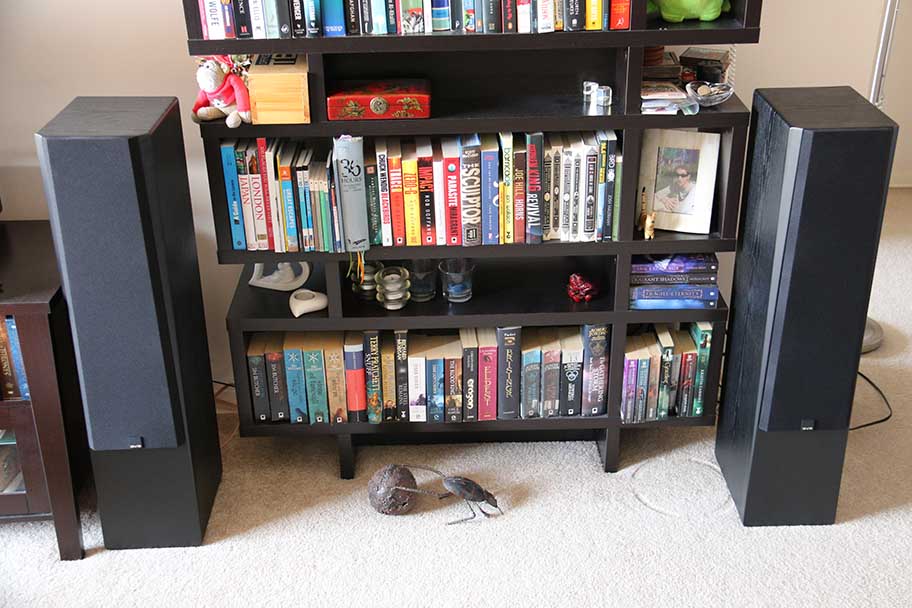
All sound is compiled of different frequencies. In audio terms, those frequencies are generally split up into the low-end (bass), the mids (where you’ll find elements like vocals) and highs (think snares and violins). While a single speaker driver can output all of these without too many problems, sound quality dramatically improves when you have two or more drivers to share the load. It means that one driver can focus on the lows and mids, while the highs get shifted to a dedicated driver of their own. The former, by the way, is known as a woofer, while the latter is known as a tweeter.
The point where the frequencies are split is known as the crossover, and understanding it is key to choosing a good pair of floorstanding speakers. A speaker that has a single crossover point is known as a two-way speaker, because it splits its audio into two parts. The highs go to the tweeter, and the mids and low-end get sent to the woofer. A speaker with two crossover points is known as a three-way speaker, and it will have dedicated drivers for handling the bass, mids, and highs. An important point to note is that you cannot tell whether a speaker is two- or three-way by counting the number of drivers on the front. After all, it’s entirely possible to have multiple tweeters or bass drivers on a speaker, like the amazing SVS Prime Pinnacle, which has a three-way crossover but uses five drivers. The good news is, manufacturers will usually specifically state whether a speaker is two-way, three-way, or even the less-common four way.
How does that help you choose a good floorstanding speaker? Simple. Two-way speakers are far more affordable, but may require an additional subwoofer if you really want to boost their sound. Three-way speakers are generally known to sound better, but are typically more expensive.

Floorstanding speakers can get really loud. And since sound only happens when the air moves, that means that they are shifting a lot of air around. What that means is that the cabinet – the outer housing of the speaker – is super important. If it’s too flimsy or poorly made, it will rattle at high volumes, which you certainly don’t want. But how can you make sure that you choose a speaker that won’t do this?
The good news is that you probably won’t have to. Speaker design and materials have advanced to a point where even affordable loudspeakers have cabinets that are robust enough to resist vibrations at all but the highest volumes. Materials like reinforced MDF, and technology like internal baffles, resonance chambers, and acoustic tuning, have become common even at wallet-friendly price points. For example, take the Polk Audio Signature S50, which go for $178 a pair and boast “non-resonant Medite MDF construction, with extra bracing and minimum thickness baffles.” While that doesn’t mean that they sound better than other, more expensive speakers – they definitely don’t – it does mean that cabinet vibrations are likely to be minimized. If you’re planning on pumping the volume, and you want to spend a little to make sure that absolutely no stray air rattles your sound, then it’s worth paying for speakers from the likes of SVS, Polk, Klipsch, KLH, and ELAC (to name a few). All those companies are known for quality cabinet design.
One thing that’s worth paying attention to are the feet of the speaker. Ideally, you don’t want your speaker sitting completely flat on the floor, as this might detrimentally impact the sound. Any pair of floorstanding speakers worth their non-resonant Medite MDF construction will come with feet, which are usually screwed on after you take the speaker out of the box. Spiked feet or outriggers are generally best here, but we strongly suggest you don’t use spiked feet on hardwood floors.
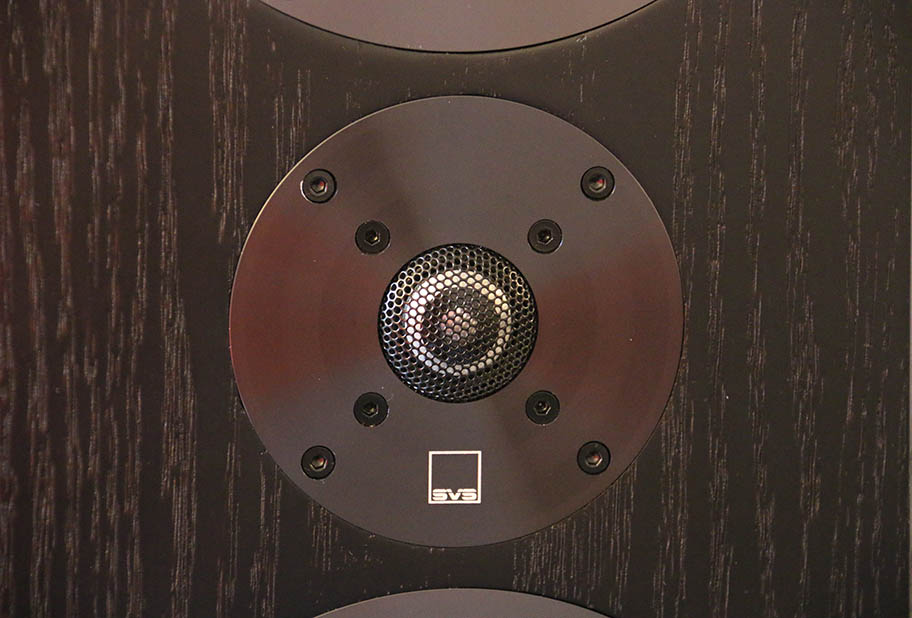
We’ve already talked about volume, stating that larger speakers are generally louder. But if you want an objective way to tell whether a particular speaker can get loud, we’ll point you in the direction of sensitivity. Essentially, sensitivity measures how many decibels a speaker can put out at a given power level (usually 1 milliwatt). The higher the number, the louder the speaker will be. Anything over 90dB has got some serious volume. The Klipsch RP-8000F, a pair of speakers that cost just under $1,400, come in at a whopping 98dB. As you can imagine, higher sensitivity equals higher price. If you do plan on choosing a floorstanding speaker, and you don’t plan on pumping the volume to the max, then you can save some money by going for a speaker with slightly lower sensitivity.
Floorstanding speakers need amplifiers to power them. Because they put out such high volumes, they can often be quite demanding with their amplifier needs, in terms of the amount of power they require. The good news is, it’s quite easy to match a speaker with an amplifier that will give it enough power. Every speaker has a suggested amplifier range, measured in wattage. For example, the Fluance Signature Series asks for an amplifier that can deliver between 20 and 300 watts.
As long as you have an amplifier that can output power anywhere in that spectrum (look for spec labelled RMS power) then you’re golden. We also strongly suggest matching impedance (electrical resistance) to get a better sound. Impedance is measured in ohms (Ω). The Fluance speakers mentioned above can handle 20-300 watts at 4Ω impedance. In order to get the best out of them, you’ll need an amplifier capable of putting out that power at the same impedance. Don’t stress if your amp has a slightly different impedance to your speakers - there are plenty of options.
By the way, the only way you will blow your speakers is if you connect them to an amplifier that can’t deliver enough power – as in, one that has an output that is lower than the bottom end of the speakers’ suggested amplify wattage. It can also happen if you play at super-high volumes for a long time, but honestly, it is really hard to actually blow a pair of speakers - even if you mismatch impedance. Generally speaking, matching with an amplifier is about getting the best possible sound out of your speakers, rather than protecting them from damage. If you want a more in-depth explanation of how this process works, check out our full guide to matching speakers and amps.
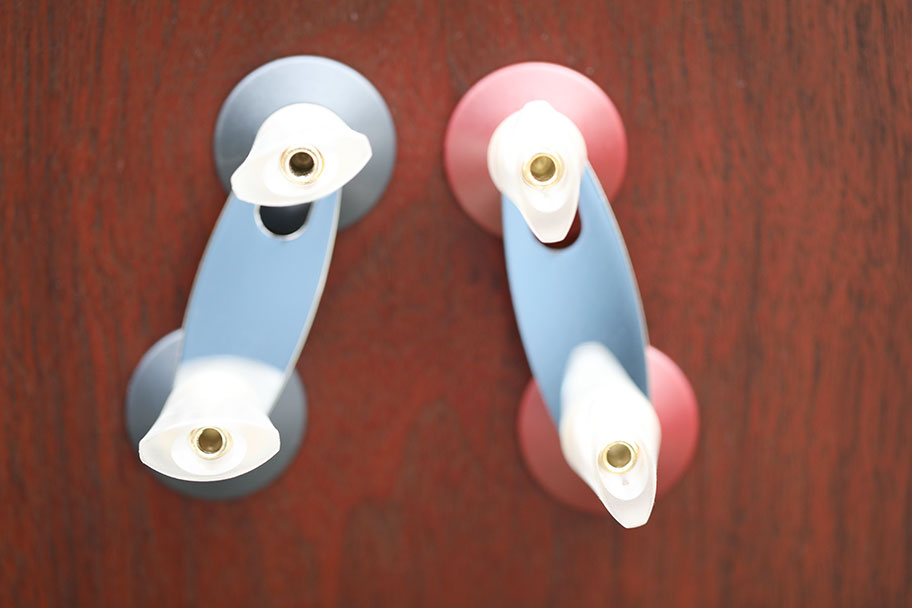
Let’s say you have a bit of money to spend and you want to boost your speakers’ sound quality even further. Look for speakers with two pairs of binding posts on the back, instead of the usual one. Two pairs of binding posts mean that the speaker is capable of bi-amping and bi-wiring, and if you’re prepared to get your hands dirty, and spend a little money, you can get some truly stellar results.
Bi-amping is exactly what it sounds like. You will be using two amplifiers to power the speaker: one amplifier for the highs, and one for the mids and lows. Obviously, you have to have two amplifiers to do this, which increases the expense, but the results can be staggering. Bi-wiring is a more affordable option, in that you only need one amp. It involves connecting two sets of cables from the amp to each speaker – one carrying the high frequencies, one carrying the lows and mids.
Bi-amping will absolutely improve your sound, but bi-wiring is a little more contentious. We have heard improvements to the mids on some speakers when using the method, but it’s a controversial tactic in the audio world. In our experience, it doesn’t make an audible difference most of the time. What that means, in terms of choosing a pair of floorstanding speakers, is that you should only really go for a pair that has two sets of binding posts if you plan on bi-amping. We suggest something like the KLH Kendall, a three-way loudspeaker capable of bi-amping.
Despite their size, floorstanding speakers are fantastically versatile. Whether you are putting together a hi-fi system or a home theater setup, you can be confident that the speakers will be able to handle it. They will be just as comfortable playing music as they will be in a surround sound setup. However, one thing to bear in mind if you’re buying them for home theater is that smaller speakers are often a better choice. This is because you won’t need the extra bass that bigger speakers with additional drivers or ports will give you. Chances are, the low-end is being handled by the subwoofers in your home theater system already.
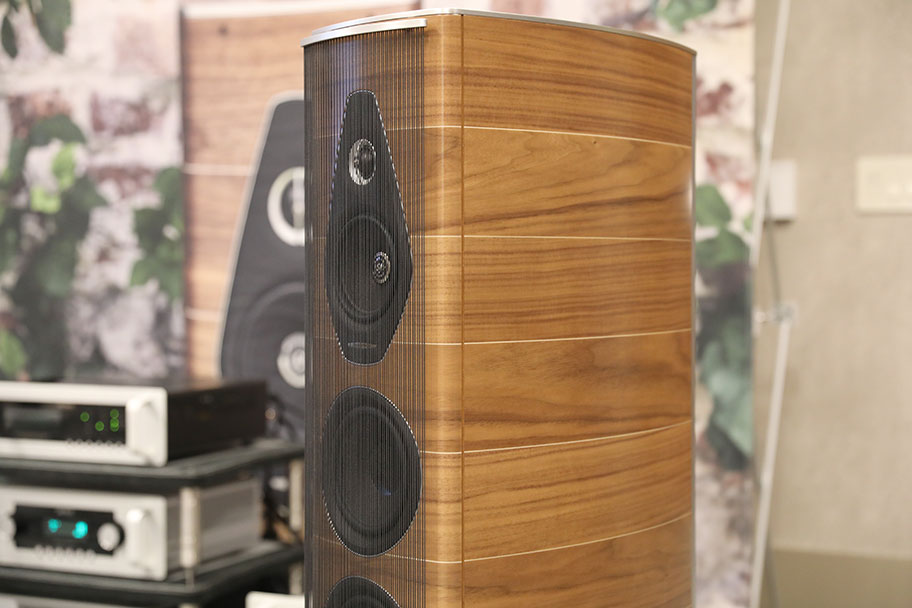
Bookshelf speakers are smaller, lighter, and easier to power than their floorstanding brethren. As a result, they don’t deliver the same volumes and are typically limited to two-way setups (see above for more info on what this is). This doesn’t mean they’re worse – far from it. They can sound just as good as large floorstanders.
Choosing between them is really about size and space. Bookshelf speakers are, as the name suggests, able to sit on bookshelves. Their small footprint means that you can stash them into smaller environments that traditional floorstanding speakers would be overkill in. Both types of speaker are equally comfortable in hi-fi and home theater setups, so it’s really a case of how much volume you need and how much space you have.
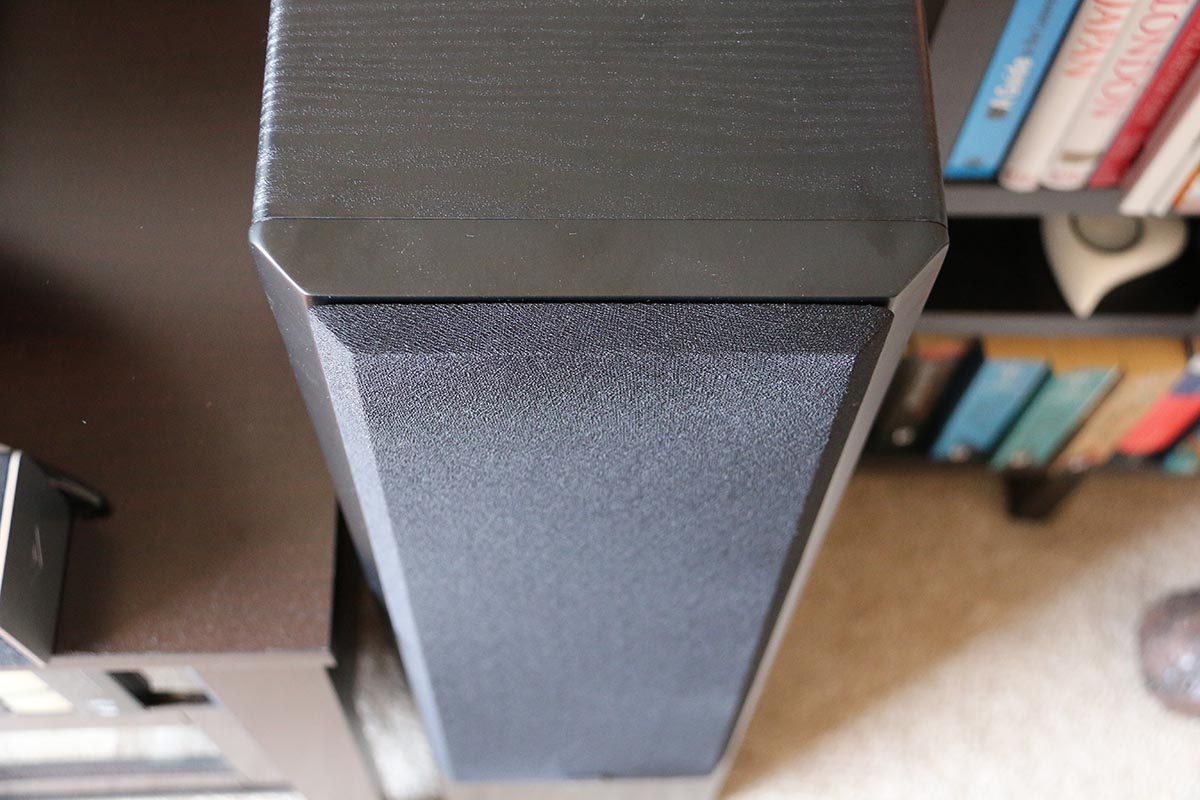
Floorstanding speakers are big and powerful, so you’d expect them to cost quite a lot. The reality is that you can actually get a good pair for around $150, such as the Sony SS-CS3. We caution against going much below $150 – speakers in that range tend to be poorly made with very little effort to dampen cabinet vibration. Beyond that, there are hundreds of speakers available at every price point, and it’s quite possible to spend five or even six figures on a great pair of speakers. We don’t think you need to go that far, but if you have a few hundred (or a few thousand) dollars to spend, you can get yourself a pair of speakers that will truly amaze you. Just remember: you will definitely need a separate amplifier to power your speakers. Wireless floorstanding speakers are very few and far between.
In terms of where to buy them, we found that big box electronics stores surprisingly have a decent selection of floorstanding speakers, especially from brands like Klipsch and Polk. We do think it’s worth researching online – Amazon’s selection in particular is terrific – or going down to your local audio store, if you have one.